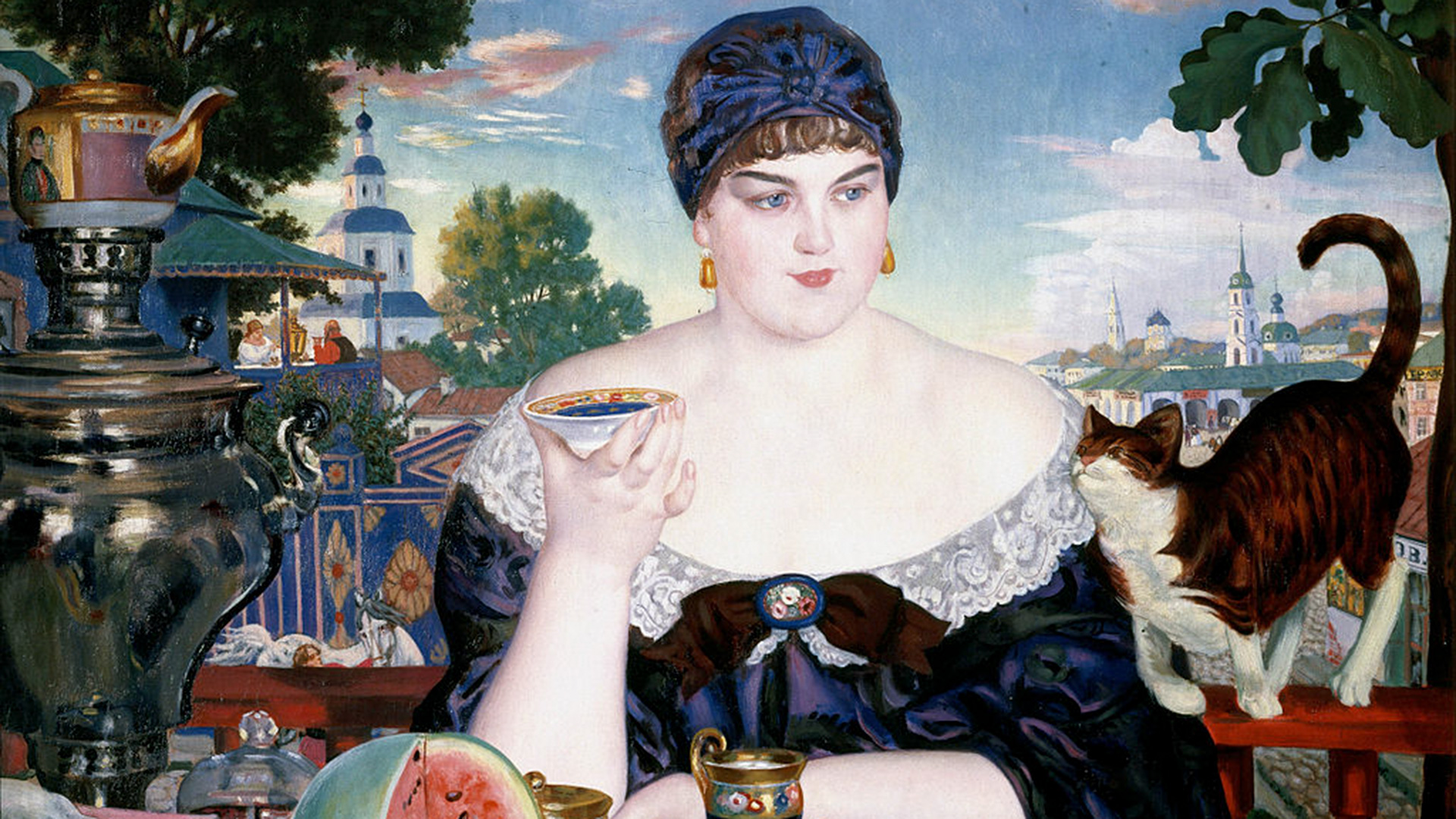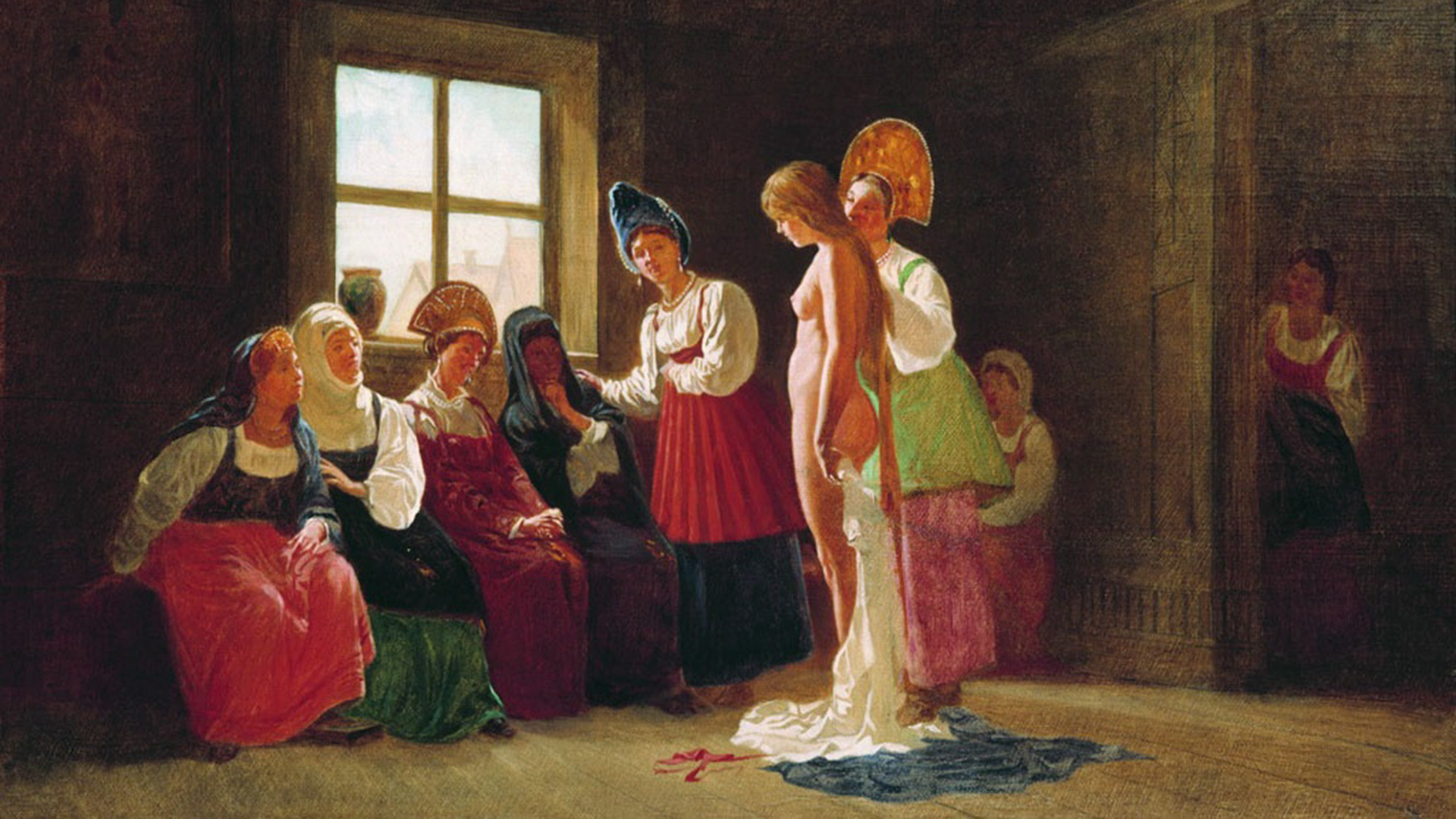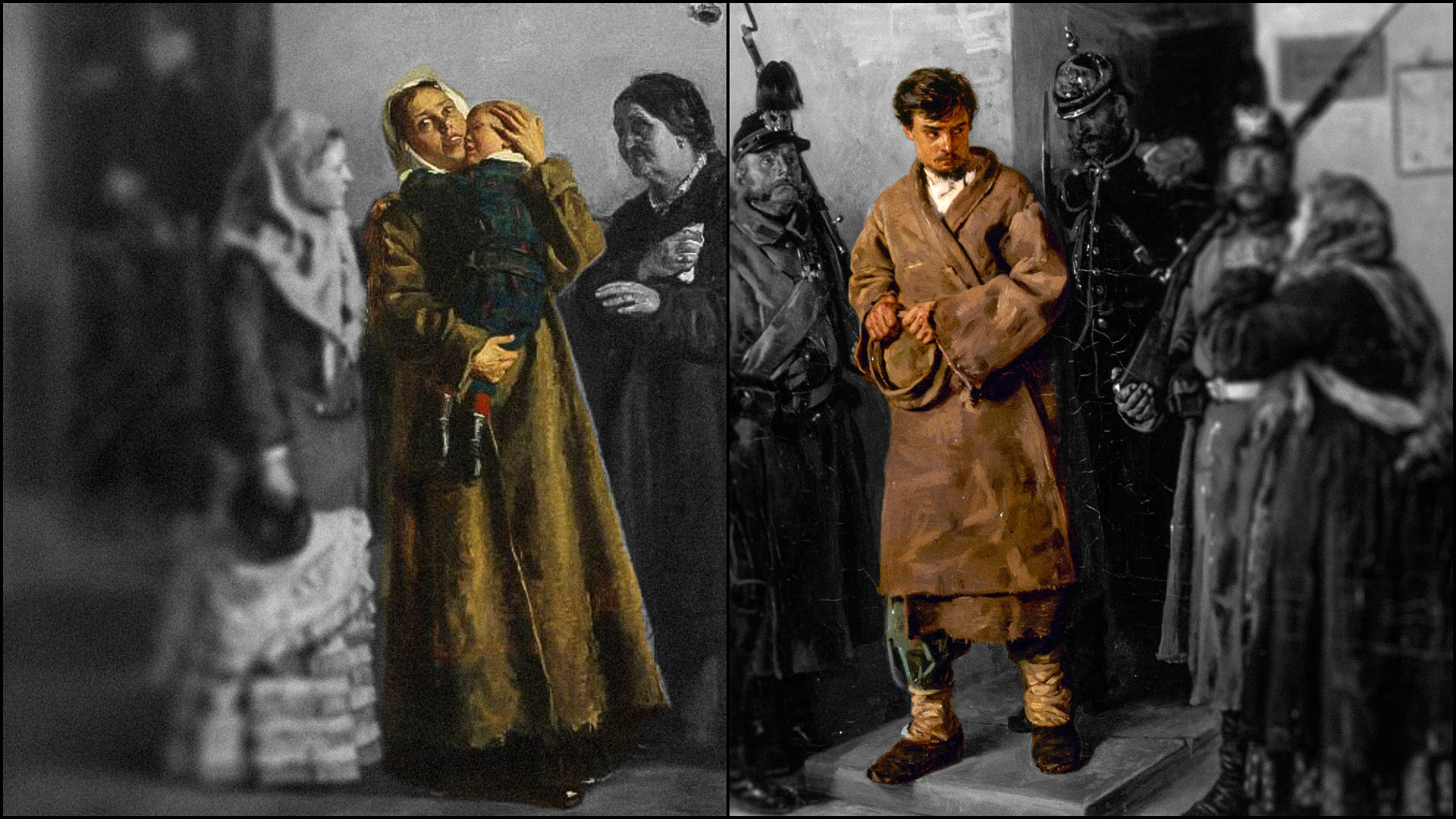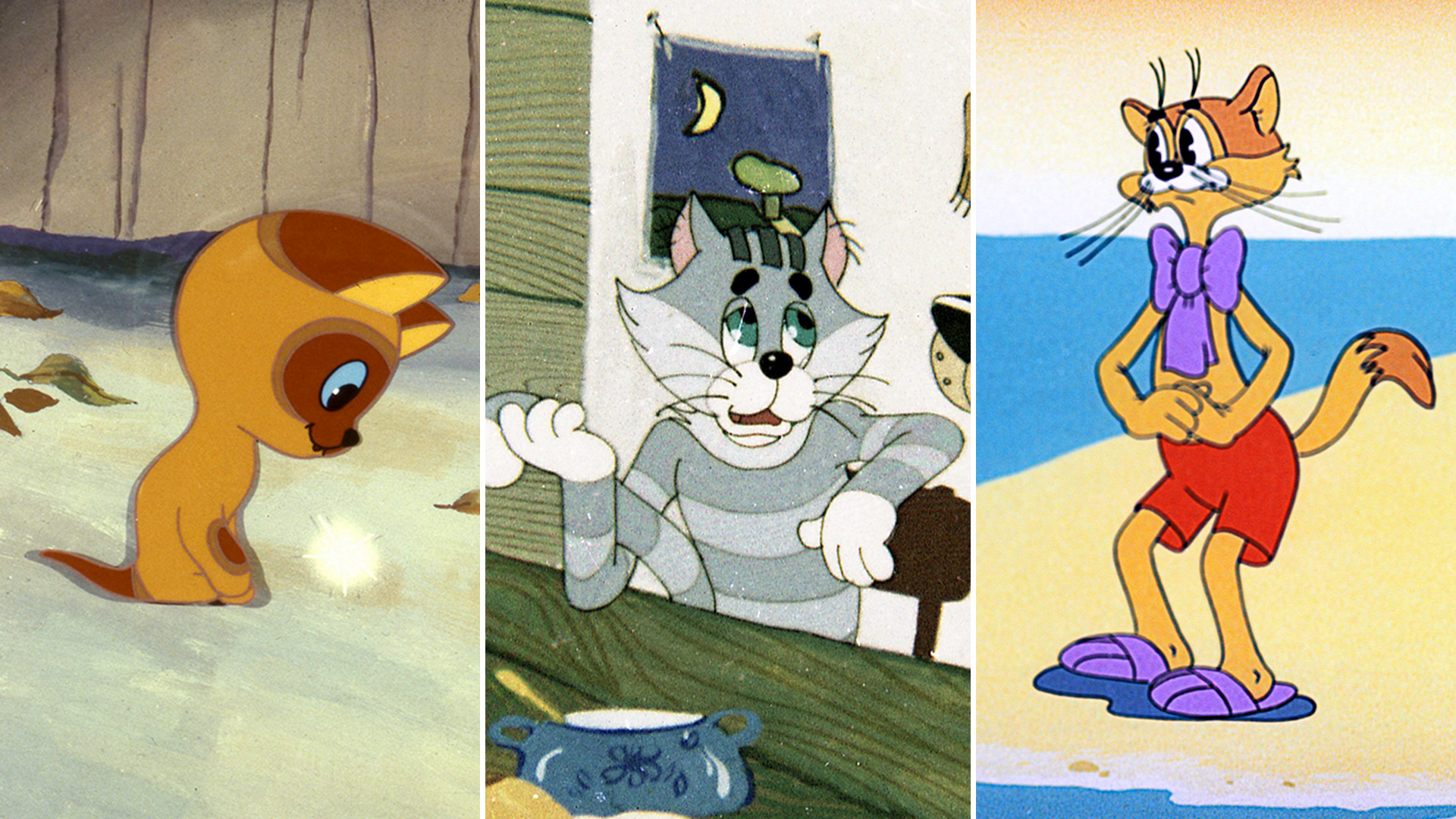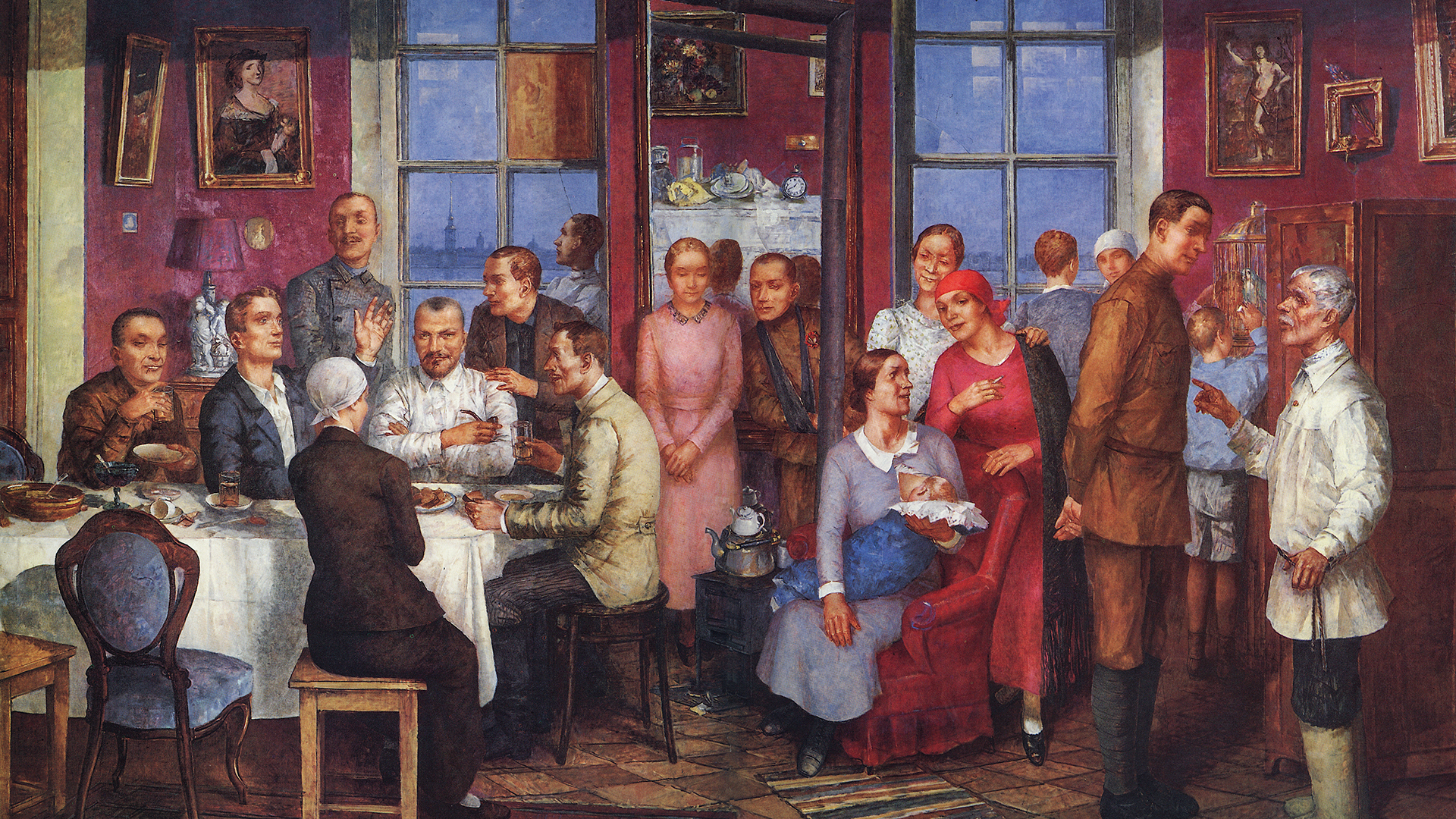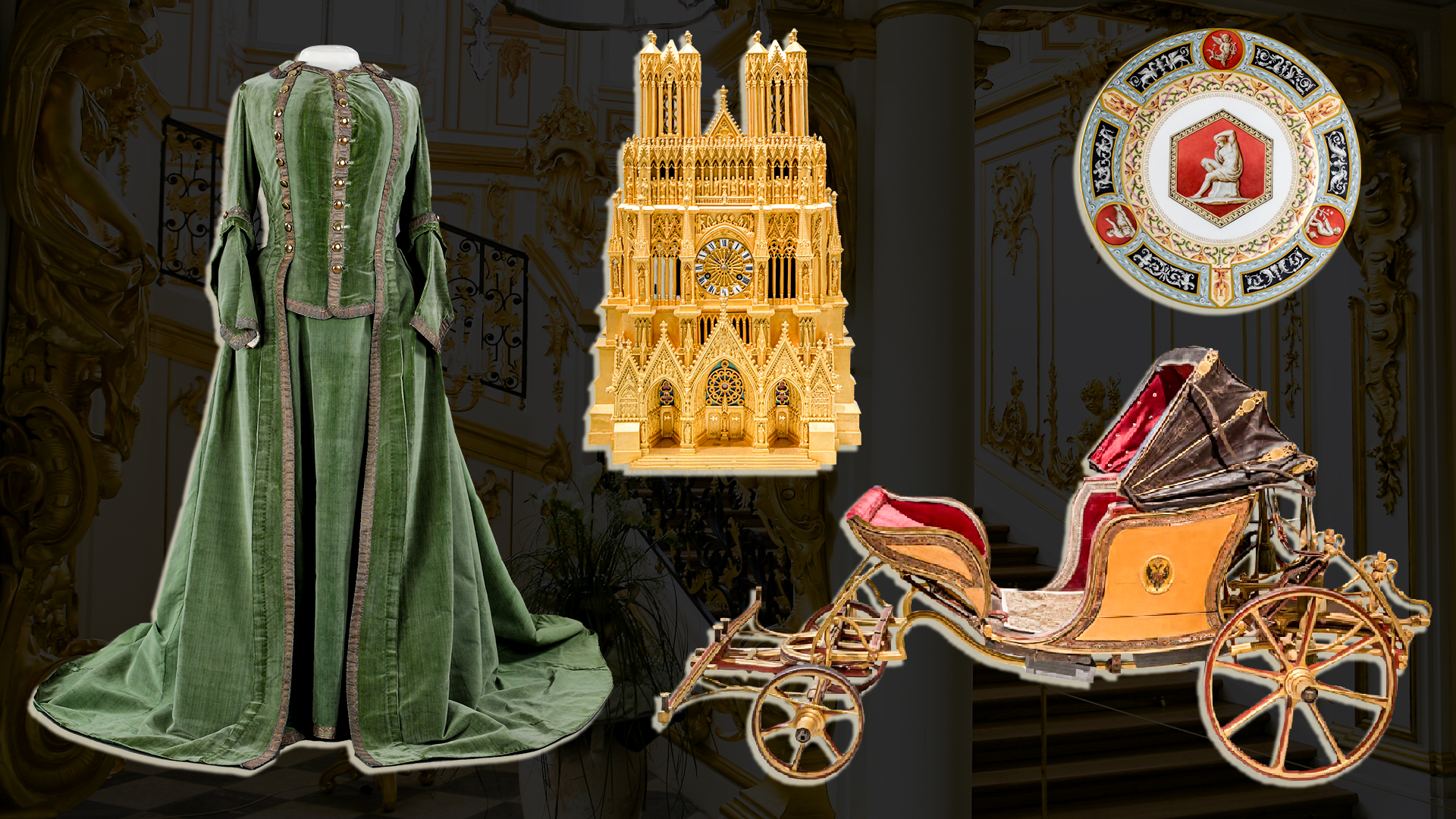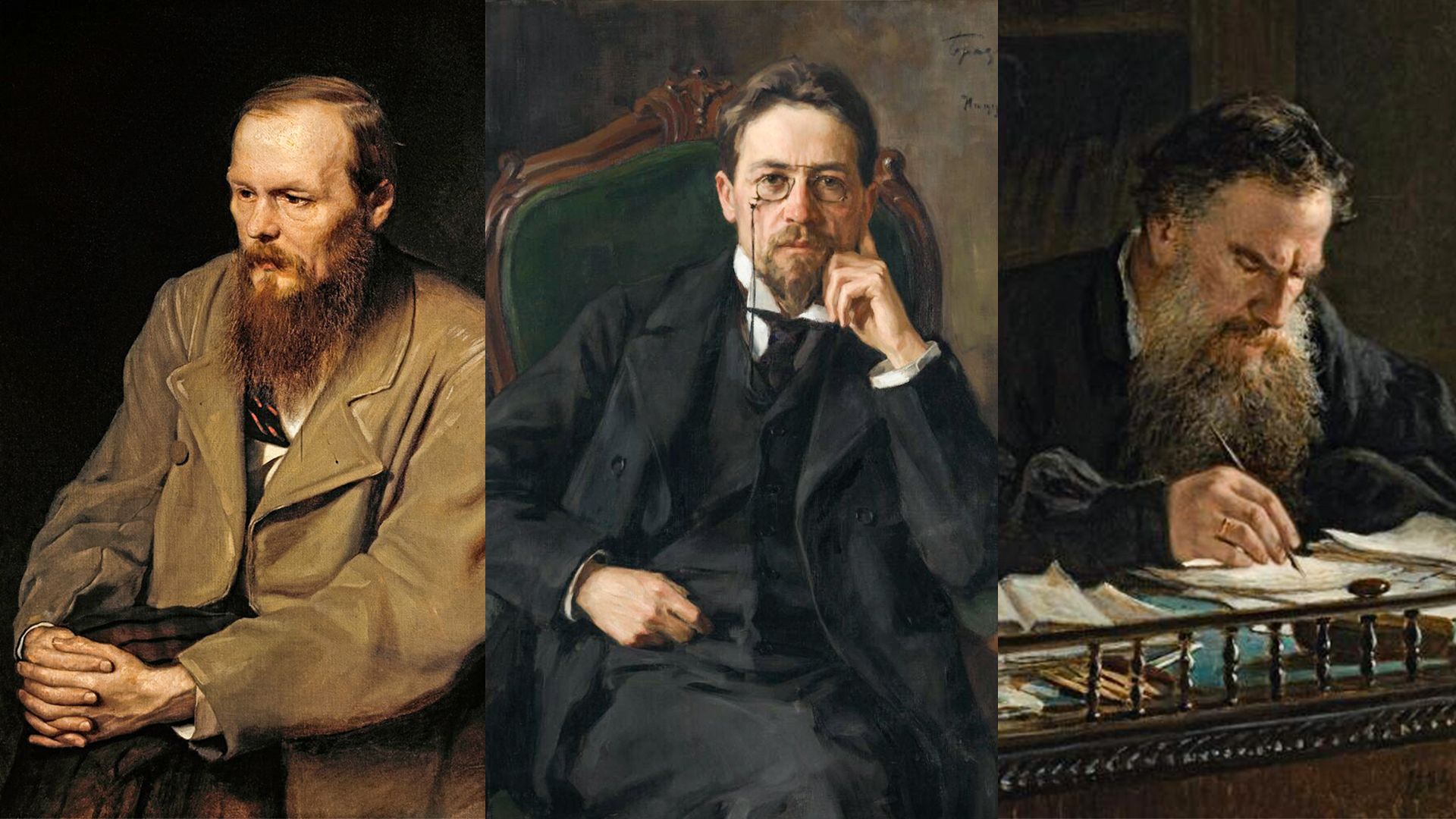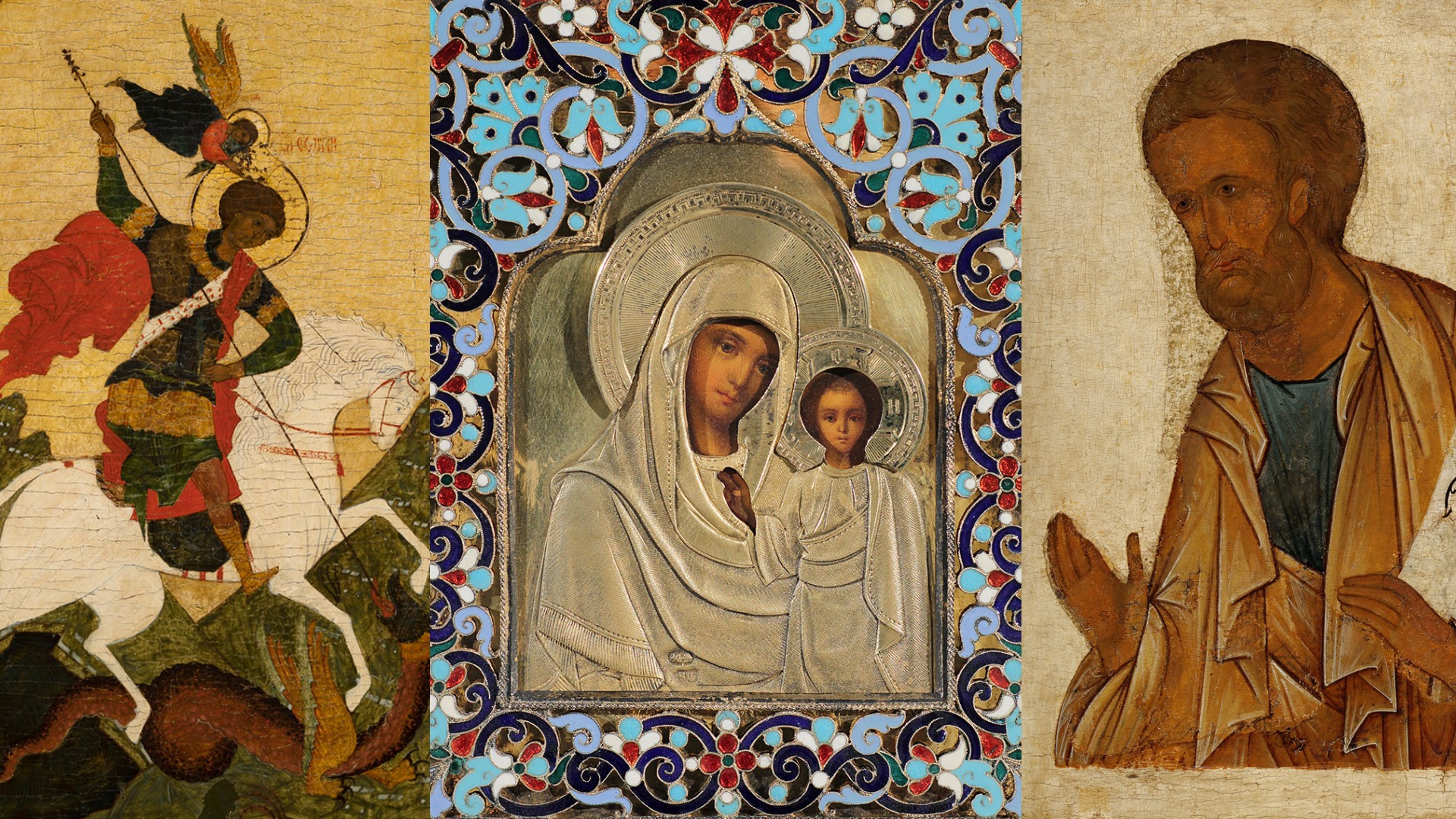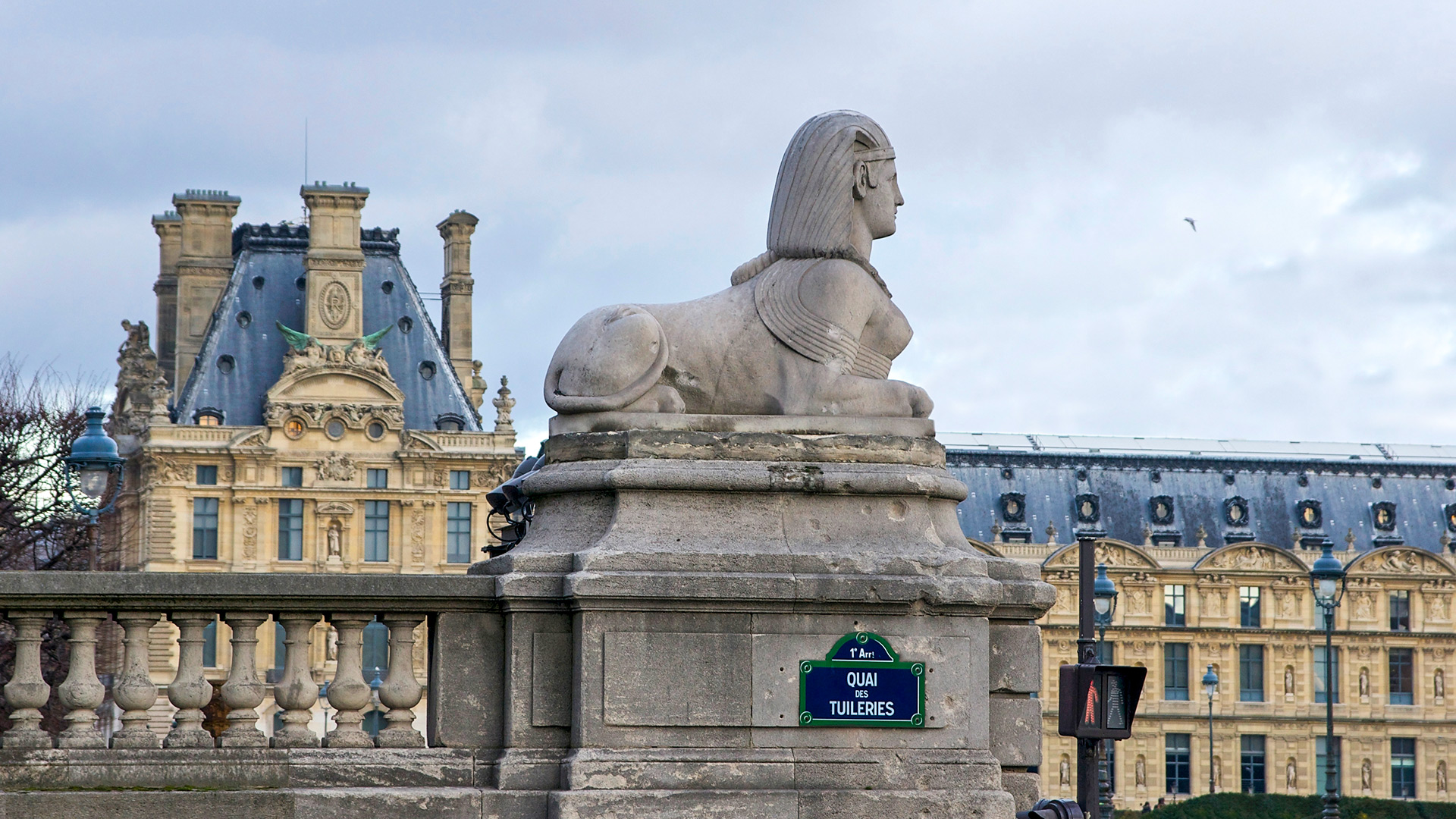
How the movies of a Russian film magnate became hits in the U.S.
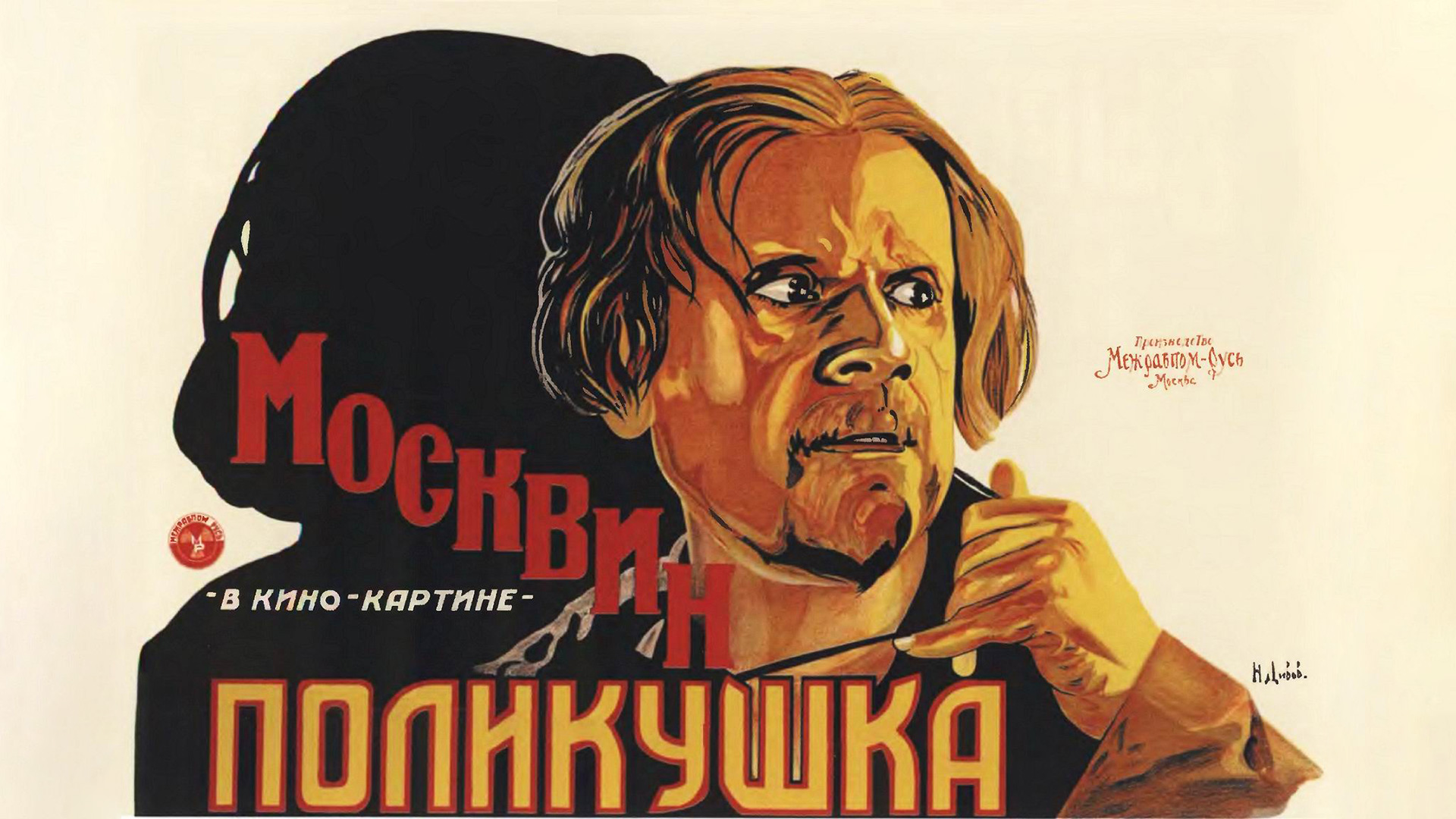
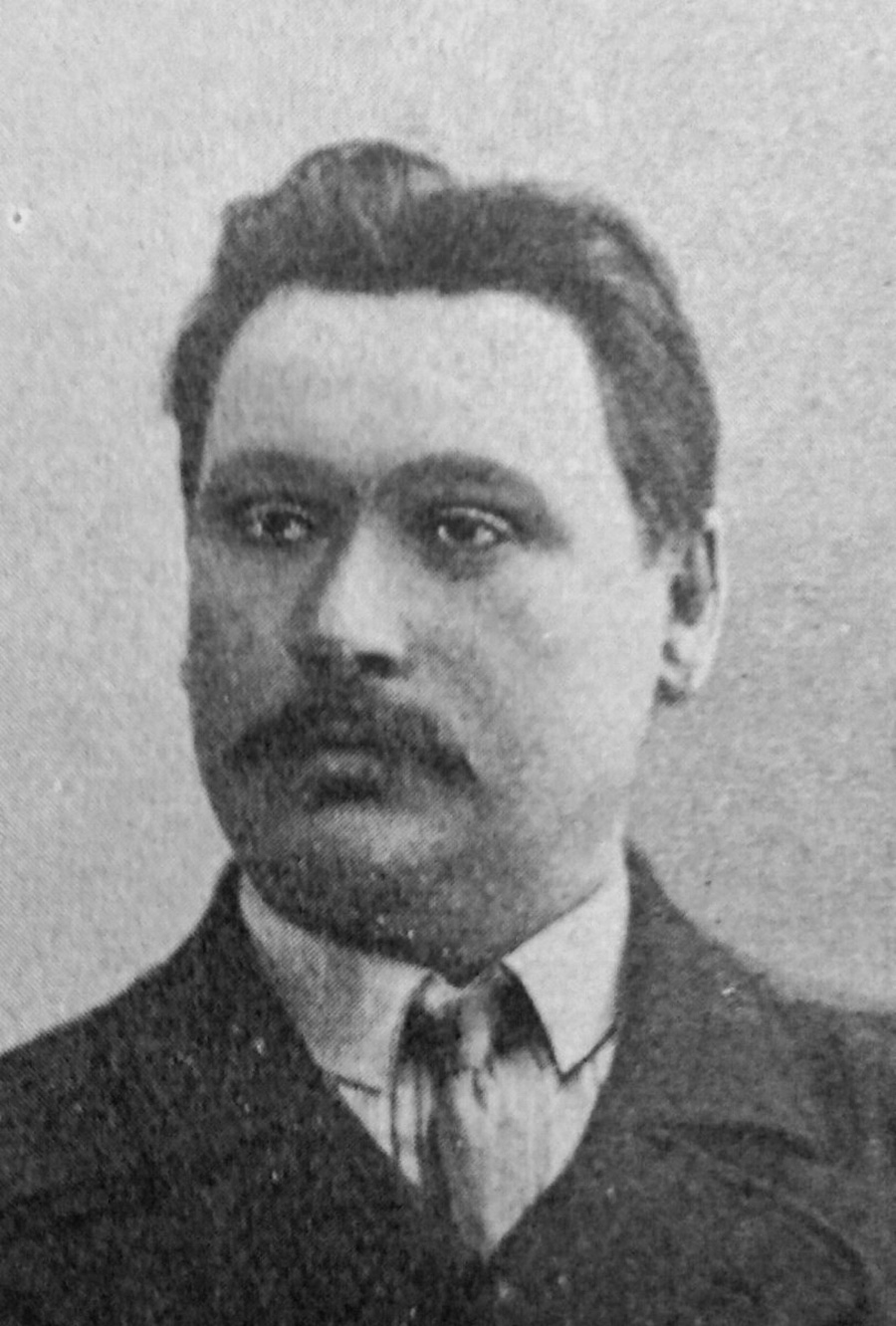
At that time, more than two dozen movie companies were operating in the city: film production brought in a good profit. Many didn’t bother, releasing simple movies about “blood and love” and daring crimes. However, Trofimov was not one of them – this was well known in his hometown of Kostroma.
‘Poisoned by celluloid’
He came from a family of Old Believers and was engaged in construction contracts: he built roads, schools and even received a gold watch from Tsar Nicholas II for the pavilions at the ‘Zemstvo’ exhibition. He was fond of theater and even played in amateur productions, but cinema turned his life upside down. According to Trofimov himself, he was "poisoned by celluloid" (meaning the movies that were shown at that time from celluloid-based film). In 1910, he opened the ‘Modern Theater’ in Kostroma: the first cinema film screenings in the city were held in an Art Nouveau building with a winter garden. In addition to comedies with the great comedian Max Linder, they showed, for example, scientific and educational movies about natural phenomena, different countries, new discoveries in medicine with commentary from teachers of the local gymnasium.
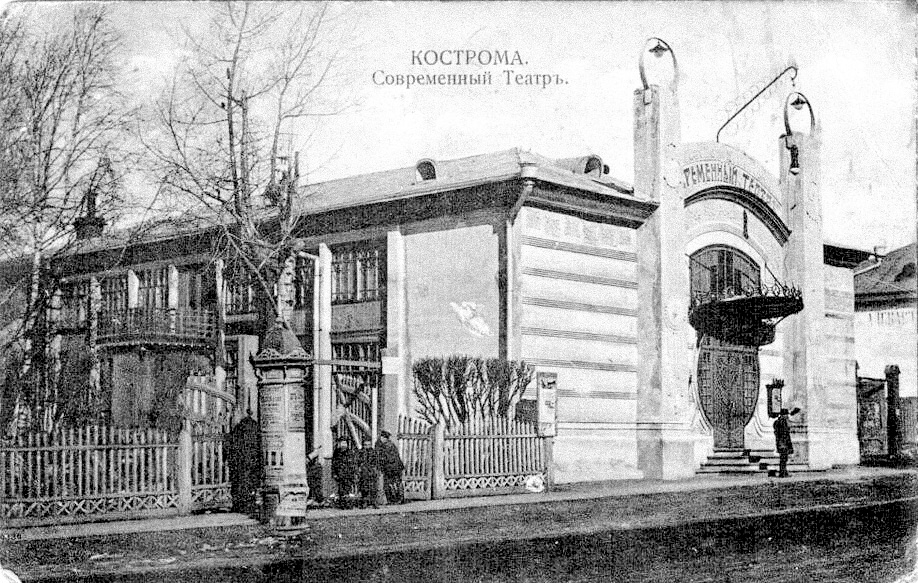
And, in 1914, Trofimov, together with engineer Moisei Aleinikov, opened his own film studio in Moscow, complete with film pavilions. He simply called it ‘Rus’. As a logo, he chose the image of a peasant playing a gusli against the backdrop of the Moscow Kremlin. He invested the money he earned from construction contracts into film production and admitted that he wanted to create the largest film studio. To do this, he was looking for like-minded people – those for whom “art is sacred”.
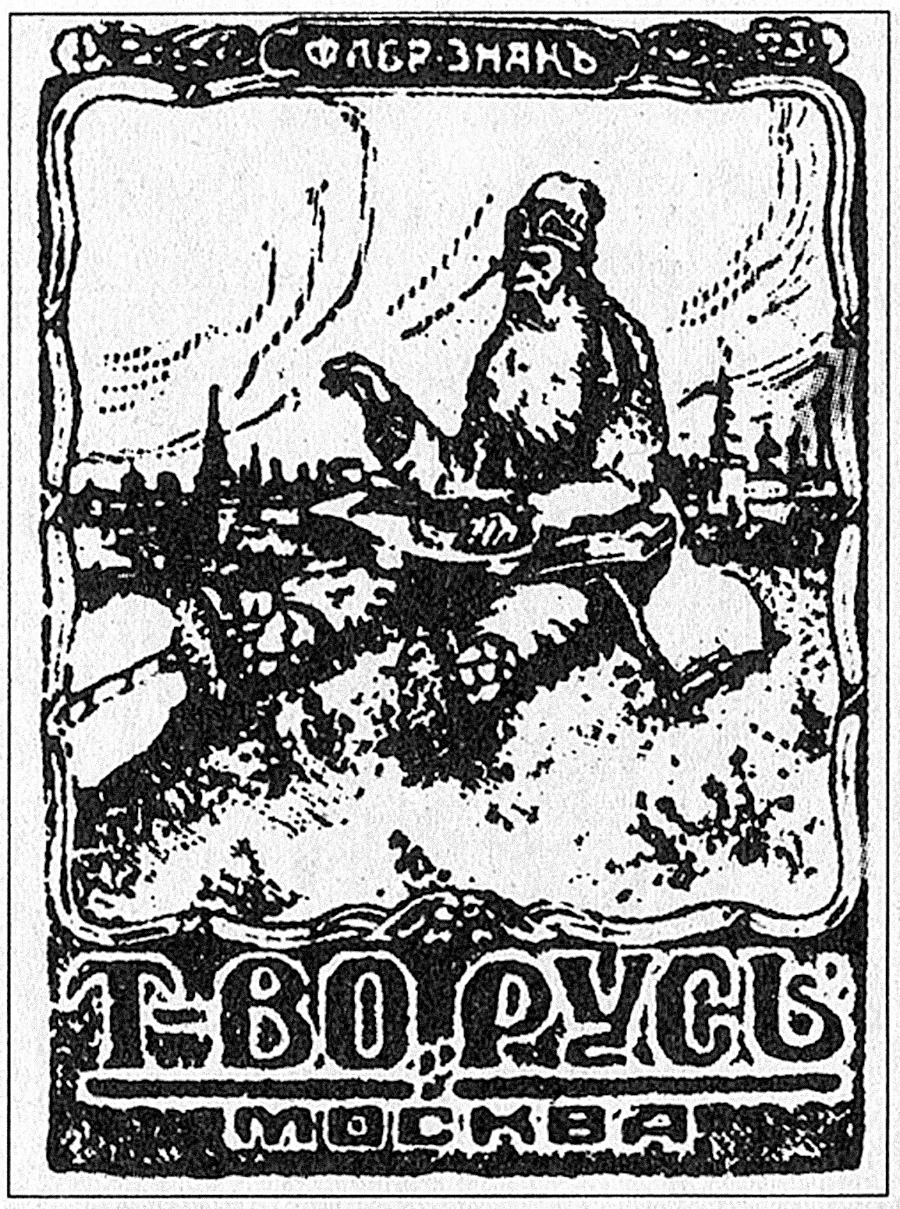
Impressed the founders of the Moscow Art Theater
Actor Vsevolod Avdeev once recalled Trofimov: “I will tell you, he was a man of a cautious mind and a natural sense of artistic taste. He treated the production of films at his film factory with all seriousness, meticulously monitoring the quality.”
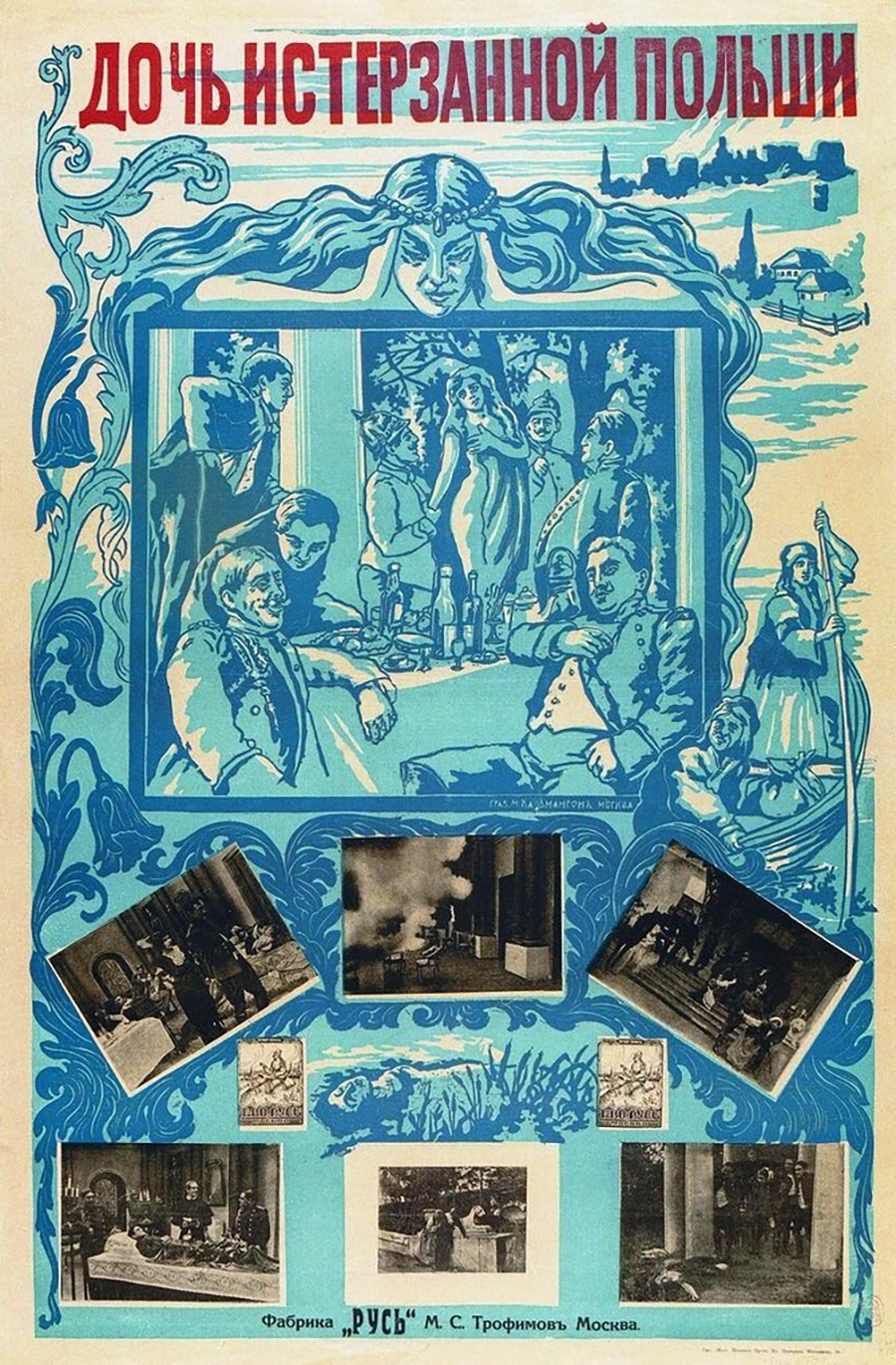
The first movie of ‘Rus’ was the drama ‘Doch Isterzannoy Polshi’ (1915; ‘Daughter of Tortured Poland’; another name for it is ‘Cultural Barbarians of the 20th Century’) based on a story by Maupassant. The trust in Trofimov's brainchild was so great that even Konstantin Stanislavsky and Vladimir Nemirovich-Danchenko, founders of the Moscow Art Theater, who had a negative attitude towards filming their actors in movies, made an exception for ‘Rus’.
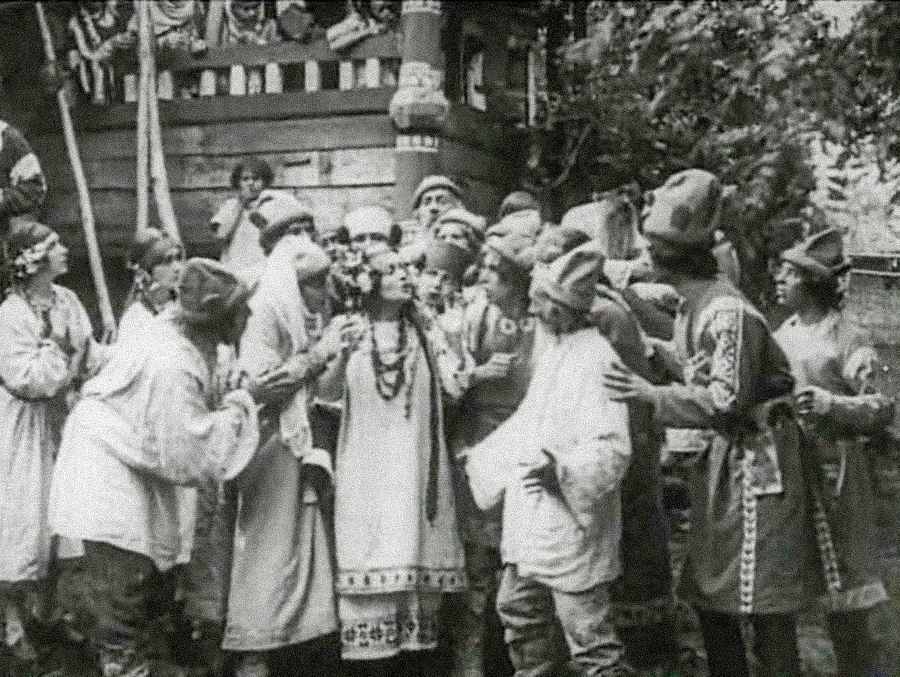
For example, Alexander Sanin, director of the Moscow Art Theater, made the movie ‘Devy Gory’ (1918; ‘Maiden Mountains’; also known as ‘Legend of the Antichrist’) with the participation of theater actors based on ‘Volga Tales’ by Yevgeny Chirikov, which, in turn, was based on the legends about the Antichrist and Judas traveling the earth. Educator Anatoly Lunacharsky called the movie the most luxurious and most artistic production ever filmed in Russia.
Private Soviet Studio
The movie ‘Polikushka’ (1922) based on the story by Leo Tolstoy brought world fame to Mikhail Trofimov’s company. The foreign release successfully coincided with the Moscow Art Theatre tour. In the U.S., ‘Polikushka’ was even included in the top 10 best movies of 1923. The press wrote enthusiastically: “Like everything that comes from Russia, this movie also speaks directly to the human soul.” The movie shocked not only viewers, but also filmmakers. Having seen it at the premiere in Berlin, émigré director Yakov Protazanov decided to return to Moscow. A few years later, he would direct ‘Aelita’, now considered to be one of the best science fiction movies of the 20th century, at the ‘Mezhrabpomfilm’ studio, the successor to Trofimov’s company.
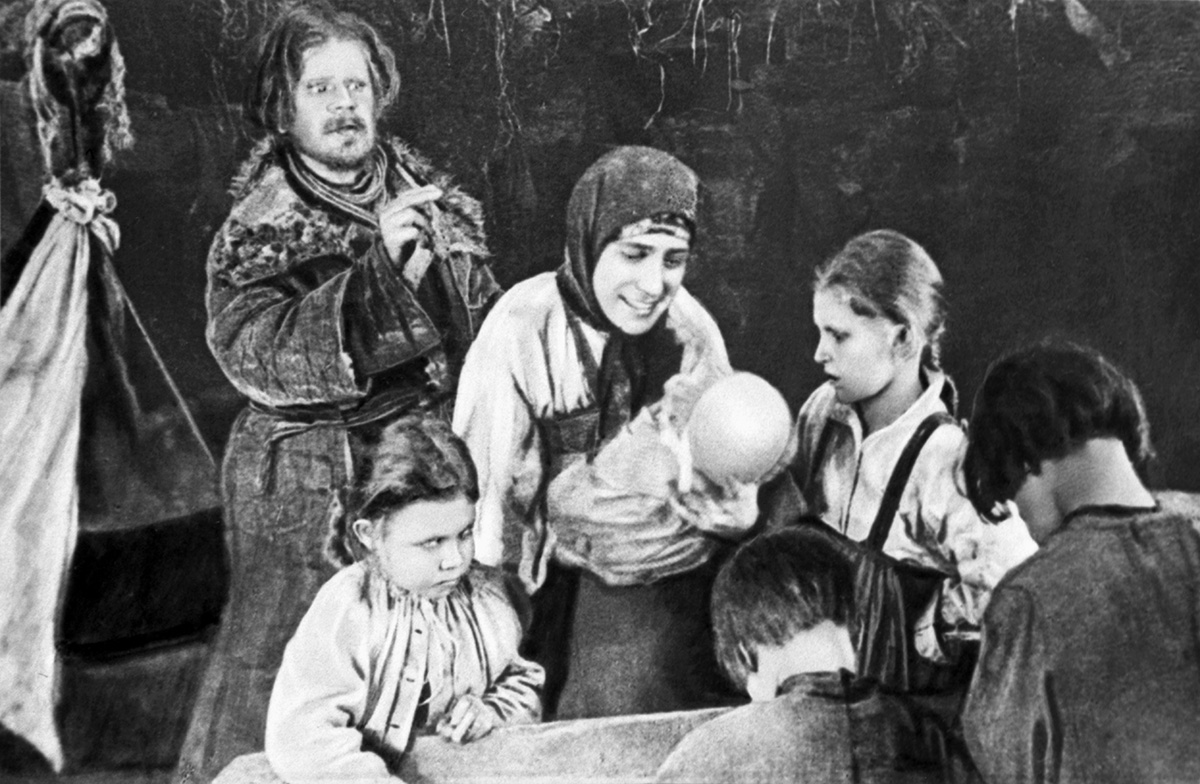
After the 1917 Bolshevik Revolution, ‘Rus’ did not disappear and continued to make movies. Moreover, it became the only private film studio in Soviet space. Mikhail Trofimov emigrated, but returned a few years later – he later claimed he could not leave his brainchild. But, in the mid-1920s, all traces of him were lost. Moisei Aleinikov, meanwhile, remained at the helm of the studio.
Many famous people worked with the film studio, including Yakov Protazanov, Vsevolod Pudovkin, Boris Barnet and Konstantin Eggert. In many ways, it was the first: it was there that the first sound movie, ‘Putyevka v Zhyzn’ (1931; ‘Road to Life’), was filmed, as well as the first color movie, ‘Grunya Kornakova’ (1936) and the first musical movie, ‘Accordion’ (1934). In 1936, the studio was closed and a new one was created on its basis, this time for a children's audience. The ‘Gorky Film Studio’ exists to this day.


